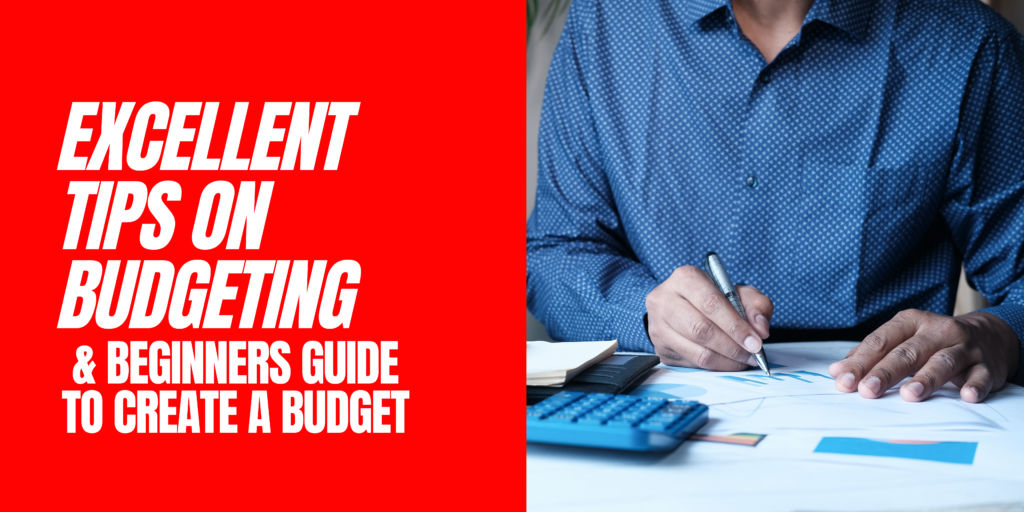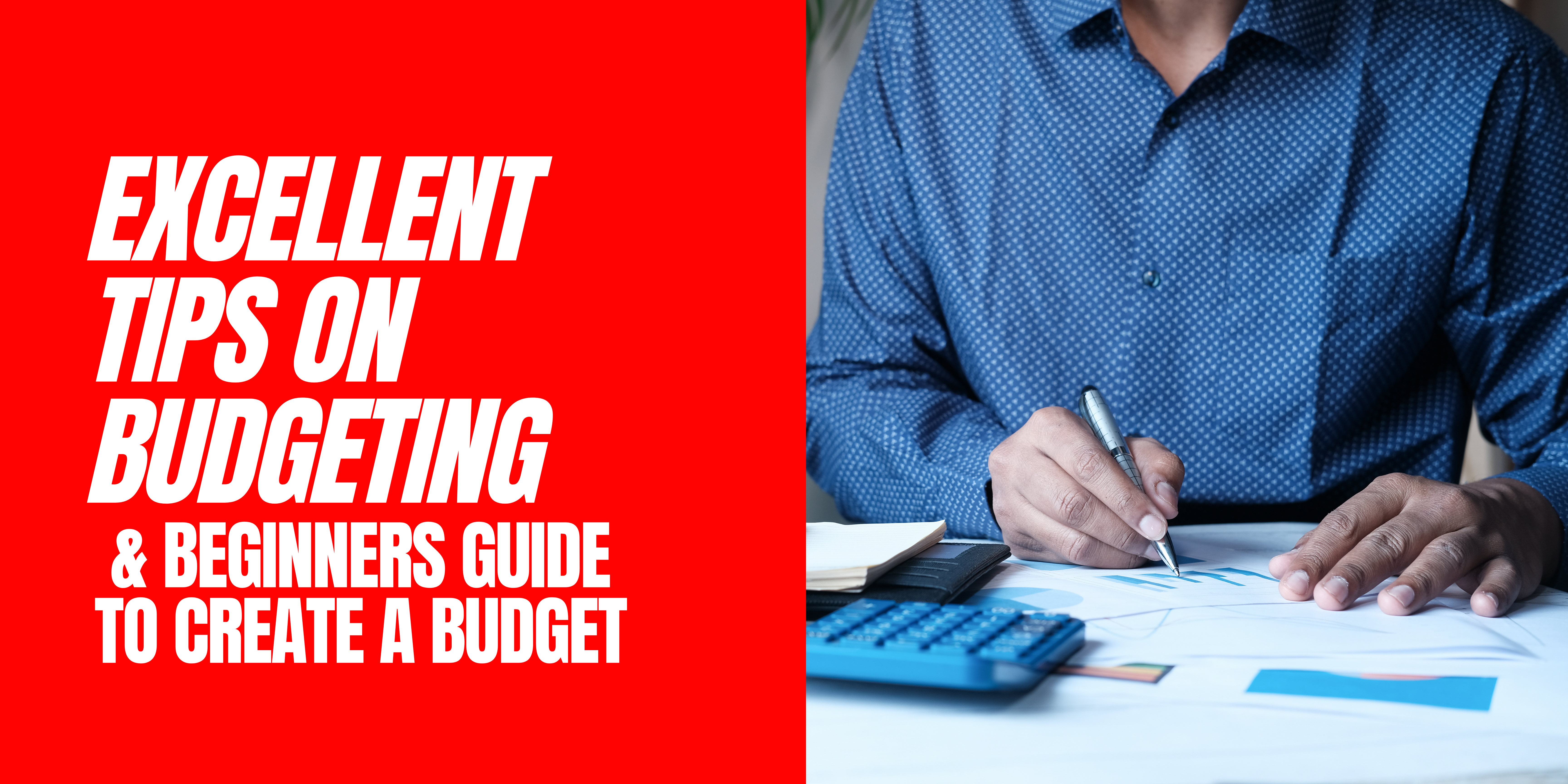
When you’re just starting out in your work or earning money, one of the most typical questions you’ll have is: “How can I pay for rent, food, insurance, health care, debt repayment, and pleasure without running out of money?” There’s a lot to cover in a short period. Here is where the use of a good budget comes into the picture.
Budgeting allows people to get out of debt faster, save more money over time, and spend wisely. The nice thing is that sound budgeting habits may be implemented with a few simple changes to your money routine.
Table of Contents
What Is A Budget?
A budget is a strategy for each and every rupee that you have. It denotes greater financial independence as well as a less stressful lifestyle. Budgeting allows you to develop a financial plan and measure how well you stick to it. Rather than questioning where your money went at the end of the month, develop a systematic approach for how you want to utilize it to achieve financial freedom and independence rather than becoming enslaved by debt.
Everything have a first time, and if you’re unaccustomed to budgeting, don’t worry: it’s never too late to start out, and your money will thank you. Making a plan and sticking thereto will facilitate you better understand your money and reduce financial worry, which is usually generated by avoiding it. Spend a while attending to know your money, whether it’s with the assistance of a financial coach, a spouse, or simply yourself and a trusty spreadsheet.
How to Make a Money Budget
For obvious reasons, many individuals struggle with budgeting and saving money. Even if you’re devoted to a well-laid spending plan, it’s simple to spend money on non-essentials. Still, sticking to a reasonable budget and putting money aside may not be as tough as you think. Begin by making a plan, which may assist you in reorganizing your money, prioritizing spending, and managing debt, allowing you to get closer to your long-term financial objectives.
Setting objectives and rewards is a great method to improve your budgeting chances. Set a plan to save a certain amount of money to pay off debts by cutting back on frivolous costs such as dining out, nightclubbing, or shopping. Place this cash in a savings account to generate interest. Reward yourself with a sensible expenditure on something pleasurable once you’ve reached your savings target.
Begin by calculating how much money you have coming in vs how much money you have going out each month. Finally, you should have a blueprint that breaks down your income and costs so you know how much you can spend and how much you can save each month. Calculate your monthly earnings, choose a budgeting strategy, and track your success. For starters, the 50/30/20 rule is a straightforward budgeting strategy.
The Budgeting Process
Consider After-Tax Income
Your monthly income is the amount left over if your primary source of income is a single employment and you receive a regular paycheck with taxes deducted automatically. This is referred to as your take-home pay or net income. If you have many jobs, add up the net salary for each one to get a total monthly income. If you’re self-employed or get income from a trust fund or parental aid, keep track of the exact amounts you get each month.
In most circumstances, if you are a salaried employee, the amount you get is your after-tax income. However, if you have other deductions such as voluntary provident fund contributions or health and life insurance, you should calculate your income after subtracting them as well to obtain a complete picture of your monthly earnings. To acquire the right on-hand income for any other forms of revenue, such as business, deduct everything that truly decreases it, such as taxes and business expenditures.
Choose A Budgeting Plan
A solid and sensible budget should cover all of your requirements, as well as some of your goals and emergency and future savings. You might wish to seek the guidance of an investment advisor to help you develop a complete budget. The 50/30/20 budgeting system is suggested by the majority of financial professionals. This strategy proposes allocating 50% of your take-home salary to necessities, 30% to desires, and 20% to savings. To avoid setting yourself up for failure, pick a tracking approach that doesn’t demand more time and upkeep than you’re prepared to spend on it, regardless of whatever budget system you choose.
Track Your Progress
There are a plethora of applications available for this. You can use any of these or more traditional methods such as maintaining a journal or a log. People struggle to keep to their budgets for a number of reasons, so getting back on track will be determined by your specific issues. It’s possible that your budget is unreasonable, or that your budgeting procedure is too time-consuming, or that you want motivation to increase your self-control. Try to pinpoint the source of the issue so that you can treat it with the proper remedy.
Automate Your Savings
Make sure you don’t forget about the savings section. Enable auto-debit or use postdated checks to automate your savings. Signing up for automatic savings is one of the greatest and most simple ways to build money. Open a savings account and connect it to your bank account so that a regular, manageable amount is put into your savings account every month.
Revisit Budget As Needed
You should adapt your budget as your income, spending, and priorities vary from time to time, but you should always have one. Budgets should not be fixed in stone since needs vary. Re-evaluate your budget on a regular basis to see how well you’ve been keeping to it. Even out your budget if you realize you’re constantly overpaying in one department while underspending in another.
A Simple Budgeting Plan
The 50/30/20 approach is a common strategy to maximize your money. It requires you to spend around 50% of your after-tax income on essentials, no more than 30% on desires, and at least 20% on savings and debt reduction. The fundamental feature of this strategy is its simplicity. If you stick to this plan for a long time, you’ll have manageable debt, enough room to treat yourself now and again, and enough funds to cover irregular or unexpected costs and retire comfortably.
The great majority of people save too little and spend too much without understanding it. The 50/30/20 rule of thumb may help you become more conscious of your spending and saving tendencies. You may save much more money by spending less on stuff that don’t matter to you.
50% Of Income For Necessities.
Groceries, housing, basic services, transportation, and groceries should all be on your checklist for necessities.
Payments on loans should be maintained to a bare minimum. Anything over and above the basic minimum is used to pay down debt and save money. Child care or other expenses that are necessary for you to work. You may need to use the “wants” area for a while if your essential requirements surpass 50% of your budget. You will be able to adjust your spending in this manner.
30% Of Income For ‘Wants’
It might be difficult to distinguish between wants and necessities. Needs are necessary for you to live and function in general. Dining out, presents, vacation, and entertainment are all common desires. It’s not always simple to make a decision. If you’re desperate to get out of debt as soon as possible, you could decide that your needs can wait until you’ve saved up enough money or your debts are under control.
Budgeting should not be so restricted that you are unable to purchase anything simply for pleasure. Your budget is a tool to assist you, not a chore that prevents you from enjoying life. You are less likely to stick to your budgeting if no money is set aside for enjoyment. A good budget is one that you will adhere to.
20% Of Income For Savings And Debt Repayment
Set aside 20% of your after-tax income for emergencies and unexpected needs, as well as to invest for the future and pay off debt.
This category is divided into two sections: All savings, such as contributions towards retirement fund, home savings, and money put aside for college savings plan . Payments on debts
Bottom Line
To summarize, even if you have a limited income, you may achieve your financial objectives by finding a balance that matches your lifestyle by following these rules. Budgeting for beginners can help you remain on top of your costs if you plan and examine your numbers regularly. If you’re still having difficulties paying your monthly payments after setting a budget, take a closer look at your expenses to figure out why you’re in debt. Your credit score may also influence your financial objectives. Look for free credit repair options as well as a professional credit repair firm to assist you in improving your credit score.
It may take many months to become adjusted to a new budgeting habit. It’s possible that your first or second budget will not be great. As you adjust to your new schedule, be nice to yourself and your budgetary habits. To help you build new habits, concentrate on making everyday decisions with your financial goals in mind.




